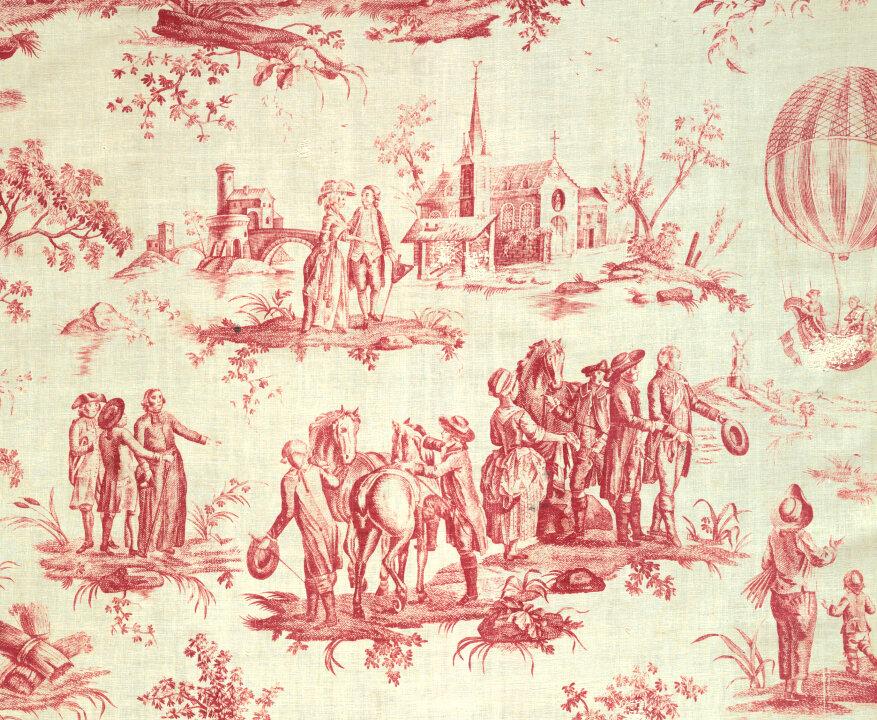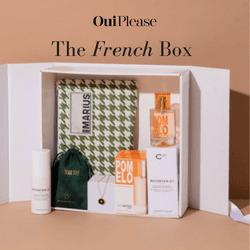Toile de Jouy: French By Design
Some might not recognize the name, but view the iconic pattern and you will know it in an instant. Whether it’s from your old aunt’s wallpaper, a five-star Normandy hotel’s boutique suite, or a porcelain plate, the French aesthetic is iconic.The birthplace of the famous fabric pattern Toile de Jouy is Jouy-en-Josas. The small town is located just 7km from Versailles Palace, which presumably explains why the Oberkampf linen factory that first produced the pattern on cotton received royal accreditation.






